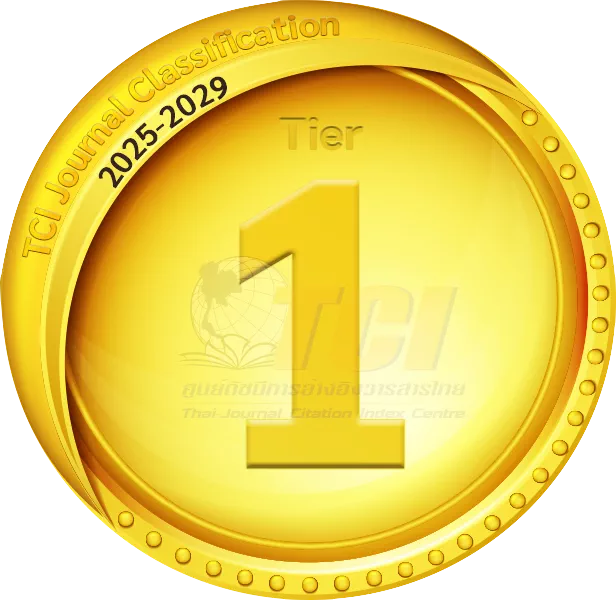Cross-Cultural Differences in Decision-Making Styles of Thai and Foreign Principals in Thai and International Schools in Bangkok
Abstract
Multiculturalism in schools in Thailand is a new and rapidly expanding phenomenon. Both foreign and Thai school administrators are challenged by leading and managing cultural and linguistic diversities of teachers and students. They need to be aware of and prepared for dealing with the cultural differences through understanding behavior in other cultures and basing their decisions not only upon their professional knowledge and experience but upon cultural competence as well. This study has attempted to reveal the relation between decision-making styles of Thai and foreign principals in Thai and international schools in Bangkok and their cultural characteristics. A sample of 25 Thai and 25 foreign (North American, British, Australian and New Zealand) principals and heads was selected from the total population of 127 Thai and international schools in Bangkok. A Likert-scale questionnaire was adopted as the instrument of the study which measured three groups of variables: demographic profile, cultural dimensions (adapted from Schwartz‘s (1995) value orientations and Trompenaars (1998) cultural dimensions) and decisionmaking styles (adapted from Vroom-Yetton (1973) decision-making styles model). The findings of the study will (1) increase awareness among present and future school administrators and teachers of the importance of cultural differences; (2) reveal the effects of national culture on decision-making styles of educational administrators; (3) reveal relationship between established cultural dimensions and decision-making styles of principals from different cultures; (4) provide the ground for and encourage further research on cultural differences in the field of educational administration.
Downloads
How to Cite
Issue
Section
License
The submitting author warrants that the submission is original and that she/he is the author of the submission together with the named co-authors; to the extend the submission incorporates text passages, figures, data, or other material from the work of others, the submitting author has obtained any necessary permission.
Articles in this journal are published under the Creative Commons Attribution License (CC-BY What does this mean?). This is to get more legal certainty about what readers can do with published articles, and thus a wider dissemination and archiving, which in turn makes publishing with this journal more valuable for you, the authors.



